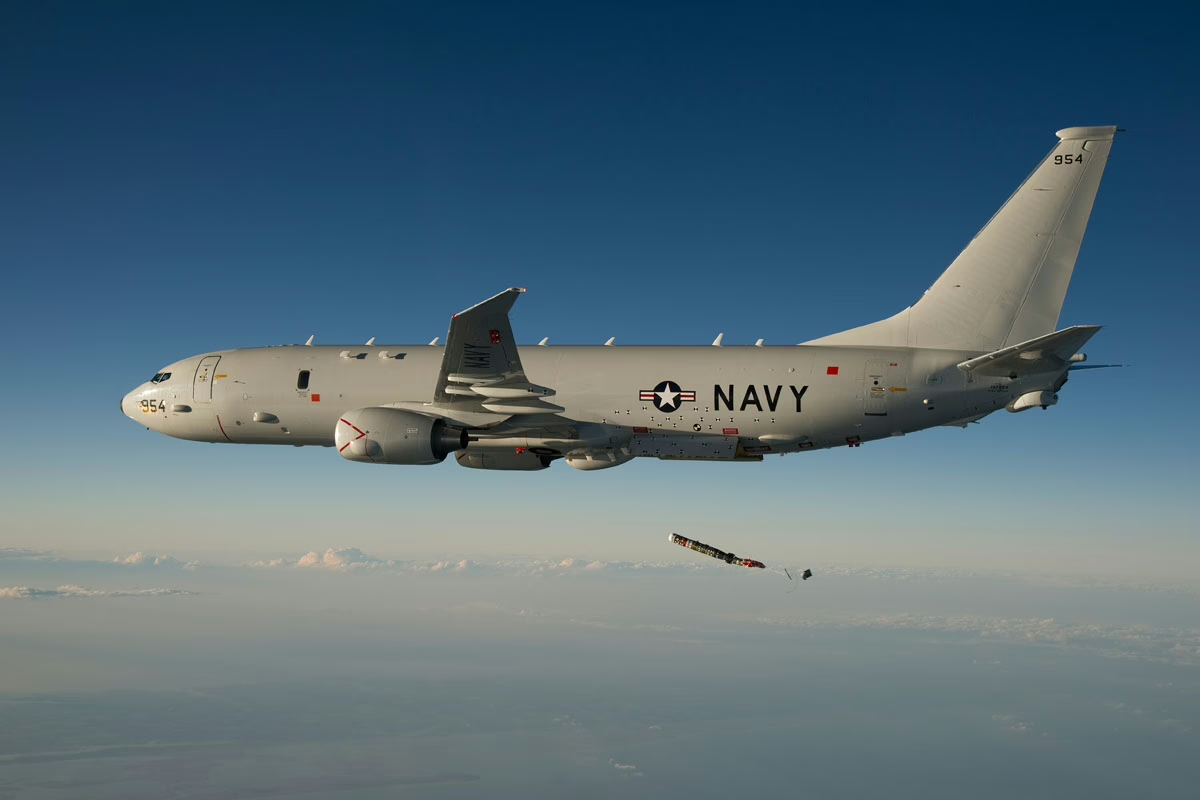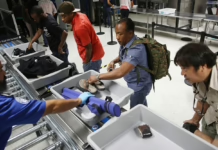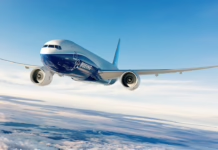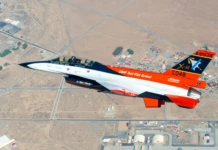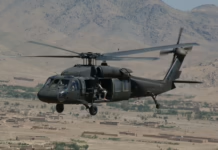Boeing’s proven P-8A faces off against Embraer’s lower-cost options and a domestic KAI design in a high-stakes race to shape the nation’s maritime defense for the next decade.
South Korea has entered the initial planning phase to acquire six maritime patrol aircraft, with Boeing, Embraer and Korea Aerospace Industries competing for the contract expected to be decided in 2026.
The procurement follows the delivery of six Boeing P-8A Poseidon aircraft to the Republic of Korea Navy in 2024 and 2025. The new acquisition aims to expand the country’s anti-submarine warfare, maritime intelligence and strike capabilities, according to Air Data News.
Boeing is offering additional P-8A Poseidon jets, which would provide the lowest integration risk given South Korea’s existing fleet. The country has already established training programs, logistics networks and weapons integration platforms for the aircraft.
Embraer is marketing an E190-E2 special-mission variant equipped with a sensor suite and internal torpedo bay. The Brazilian aerospace company is also studying a larger C-390 maritime patrol aircraft concept for potential South Korean consideration.
Korea Aerospace Industries is advancing a domestic option based on the Bombardier Global 6500 business jet, which would incorporate locally developed mission systems. The proposal aligns with the country’s parallel Global 6500 conversions for advanced early-warning aircraft.
The P-8A represents the most expensive option per aircraft but offers immediate operational compatibility with South Korea’s existing fleet. The Embraer E190-E2 would provide lower acquisition and operating costs along with enhanced runway flexibility, though the aircraft’s certification timeline remains uncertain.
The KAI Global 6500-based design could offer business jet efficiency combined with domestic integration potential. Industrial participation and schedule considerations are expected to weigh heavily alongside overall program costs in the selection process.
Budget planners are evaluating not only aircraft purchase prices but also service entry costs including training and weapons integration. The decision will shape South Korea’s defense posture for the coming decade, particularly its maritime surveillance and anti-submarine warfare capabilities.
The procurement emphasizes aircraft capable of persistent maritime surveillance and interoperability with allied assets. A final selection is targeted for 2026, with industrial participation and schedule risk serving as principal evaluation factors.

Key Takeaways
- South Korea seeks six maritime patrol aircraft to supplement its existing P-8A fleet, with a decision expected in 2026.
- Boeing offers additional P-8A Poseidon jets with lowest integration risk but highest per-unit cost.
- Embraer proposes E190-E2 and C-390 maritime patrol variants promising lower operating costs.
- Korea Aerospace Industries advances a Bombardier Global 6500-based domestic solution.
- Selection criteria balance operational readiness, industrial participation, schedule risk and lifecycle costs.



